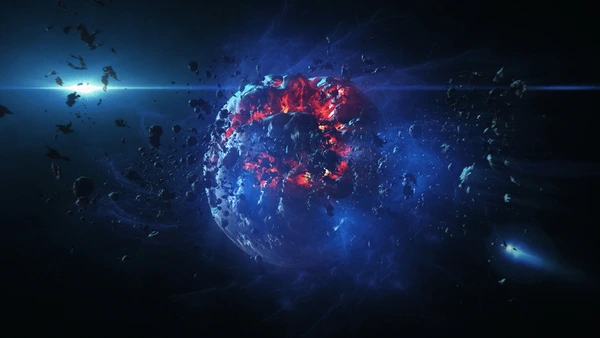In a historic moment for astronomy, scientists have recorded, for the first time, the complete destruction of a planet. The James Webb Space Telescope observed a Jupiter-sized planet meeting its end as it spiraled into the outer layers of its star.
Originally detected in 2023 by the Gemini South Observatory, the event first appeared as a sudden burst of stellar brightness, known as a “nova.” Initial theories suggested the star had expanded into a red giant. However, deeper analysis with the James Webb revealed that the star remained in its main sequence phase, radically changing previous assumptions.
The destruction occurred due to gravitational interactions between the planet and its star, causing the planet to drift fatally close. As it crossed into the star’s outer atmosphere, the planet was torn apart, offering rare insights into the violent fates that some planets face.
This groundbreaking observation challenges earlier models about how planets meet their demise. It also provides a valuable blueprint for studying the life cycles of planetary systems. Scientists now anticipate discovering more such cosmic events in the coming years, thanks to the advanced capabilities of modern observatories like James Webb.
As astronomy enters a new era of direct planetary observations, this discovery paves the way for deeper understanding of the dynamic, and sometimes destructive, nature of our universe.


